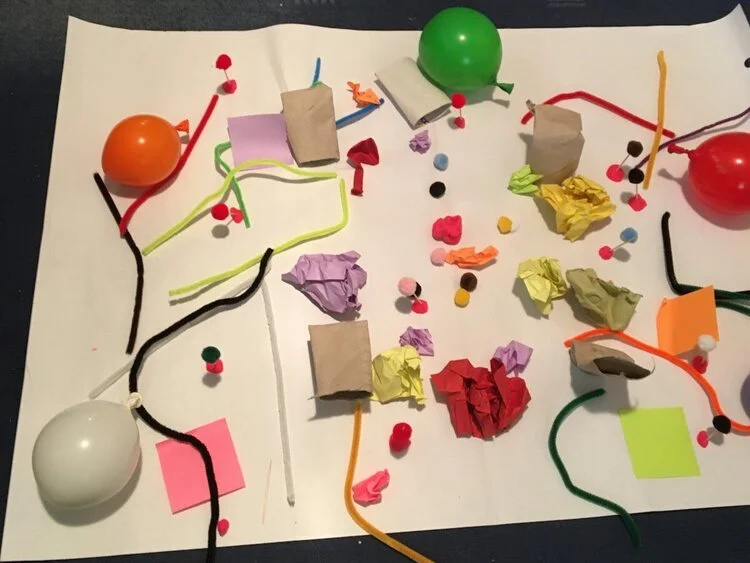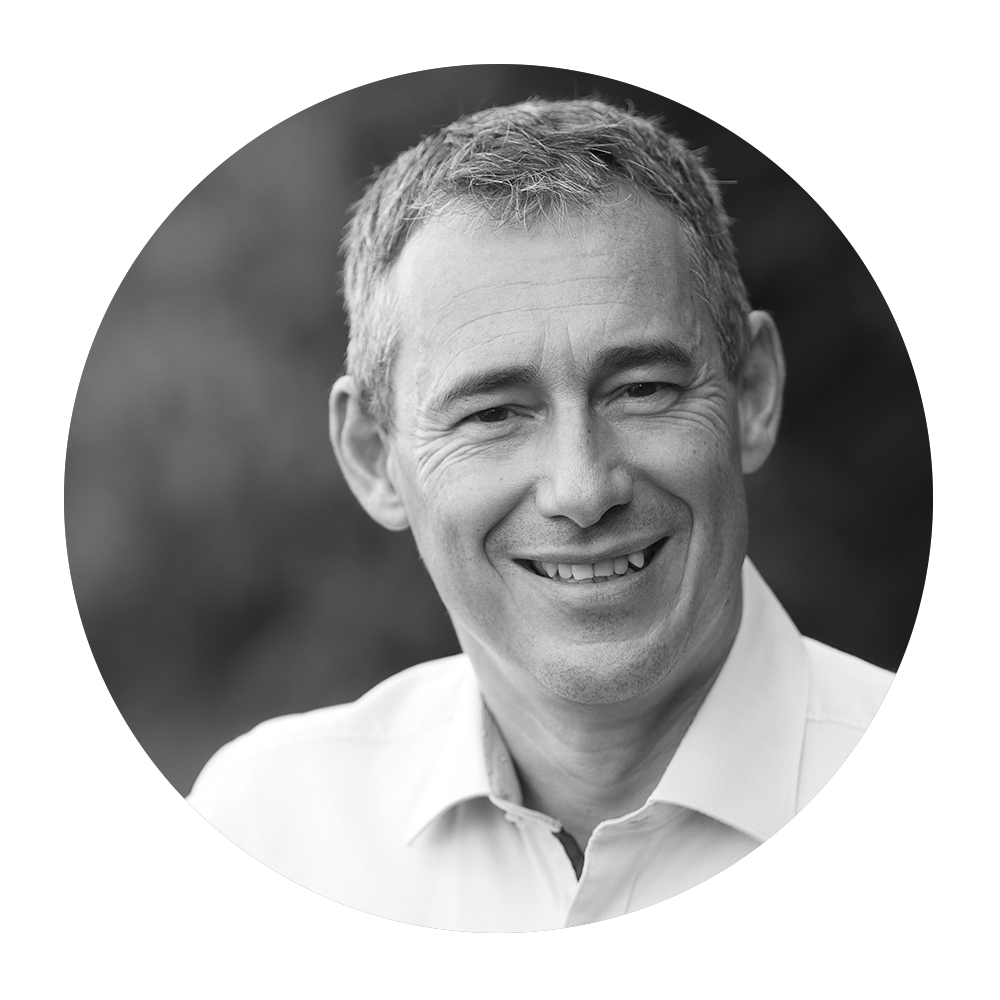Revealing the Icebergs - why 3D Mapping shows what is below the surface
The 3D mapping exercise aims to help unveil the multifaceted aspects of the system in which the Catalysts aim to achieve change. Working with my hands helped me to unearth aspects my mind alone did not “see”. Working in parallel with somebody else revealed interconnections within the Catalyst community
My original goal when I joined the Catalyst Lab was to improve the work I do in helping the Swiss economy become more sustainable.
By going through the process, I assumed that at least I would get exposed to tools that would help me to do my work more efficiently. However, the picture that emerged was much bigger than that.
The tool discussed here -The 3D mapping - is a very hands on exercise. The instructions are pretty simple: obtain whatever material is available to you at the time and create a sculpture that illustrates what you have been sensing about your system. When I was asked to build a system with my own hands, instead of my mind, I immediately knew it had to be 3D and it had to have different levels.
The “iceberg” - What emerged from the exercise was a multi-layered structure. A kind of an x-ray picture of the complexity of the situation, with most relevant causal aspects lying beneath the surface.
The realization - Becoming aware of the magnitude of issues below the surface was the first realization. Along with it also emerged the need to figure out how to melt it a bit. I understood that I needed to penetrate the hard shell that was preventing this iceberg of ever melting away.
Tackling the systemic problem - Additionally to the size of the iceberg and the need to create concrete steps to melt it away, I also realized that as Catalysts, we are all looking at cultural trauma based on generational and historical issues that can’t be addressed directly or by ourselves. I realized that instead of changing the situation drastically we needed to instead soften it up until its structure falls apart.
What a lot of people are hoping for is that they can solve the issues without breaking the iceberg. They work on quick fix or superficial solutions and not on its root causes. Partly because of a sense of urgency to get results quickly by habit or outside pressure. But the real killer factor is that the “good guys” in one part of the system can well be the “bad guys” in another part of the system. Or, put differently, we are mostly part of the same system and are subject to the very same bonds, rules and vows that we would like to change. Therefore, we need to understand where the actors in the system stand and be humble and honest to ourselves to assess our own position. Only then we can engage with the other actors.
For me personally this means to support, collectively, individuals and organisations becoming aware of their underlying personal and systemic beliefs. This will create a fertile ground for enterprises to become net-zero, respect nature and promote equality.
From a systemic point of view, it is not surprising in hindsight, that topics such as a sustainable economy, health care or even institutionalised child abuse, have similar root causes and that the icebergs of these topics are all connected. Let’s get together to melt them one at the time, from inside out, until they collapse, finally clearing up the path for a more sustainable society.
Further literature on the topic
Blogpost by Olmar Albers, Catalyst Lab 2
Olmar Albers has many years of leadership experience in general management, marketing/sales and innovation management in various industries. Since 2018, the native Dutchman has been the CEO of öbu, the Swiss Association for Sustainable Business. With his commitment, Olmar Albers contributes to systemic change in the economy at company level and in general. Recently, as a direct result of his Catalyst Lab engagement, he has developed a keen interest in solving intergenerational issues.



